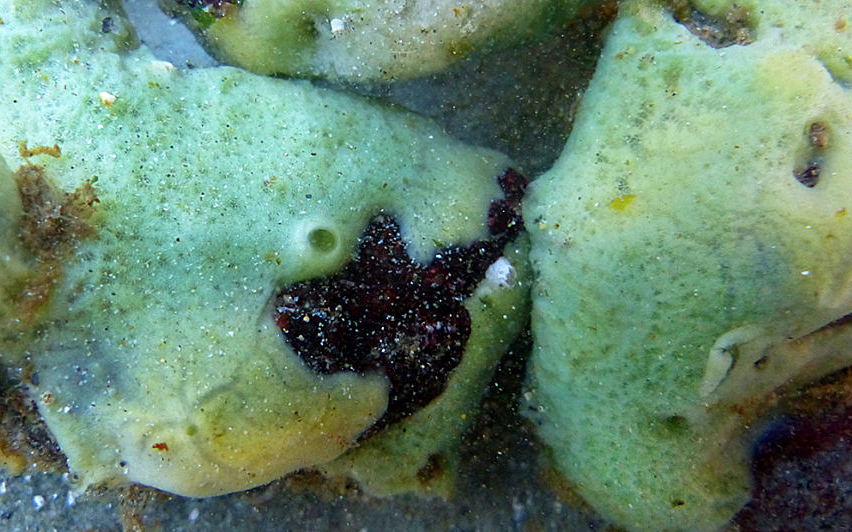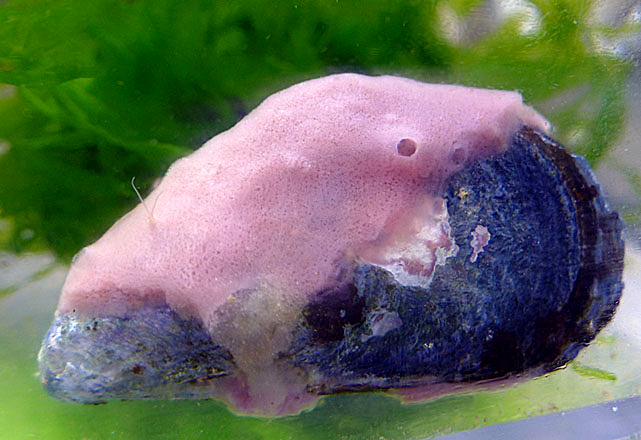
by David Young | Jul 21, 2024 | Sponges
Common Name: Velvety Red Sponge Author: Grace Gong Scientific Name: Ophlitaspongia pennata The Velvety Red Sponge is distributed along the pacific coast (from British Columbia to California). It is often found in small crevices, under large rocks, and on the...

by David Young | Jul 21, 2024 | Sponges
Common Name: Yellow-Green Encrusting Sponge (Green Bread Crumb Sponge) Author: Matthew Olson Scientific name: Halichondria panicea Size: H. panicea varies in size and is able to grow to several feet, while only growing to be about 2 inches (5 cm) thick....

by David Young | Jul 21, 2024 | Sponges
Purple Intertidal Sponge Scientific Name: Haliclona permollis Authors: Aidan Knudsen and Coral Reynolds Haliclona permollis, more commonly known as The Purple Intertidal Sponge or Purple Encrusting Sponge is a purple (sometimes pink or grey) sponge with a...



